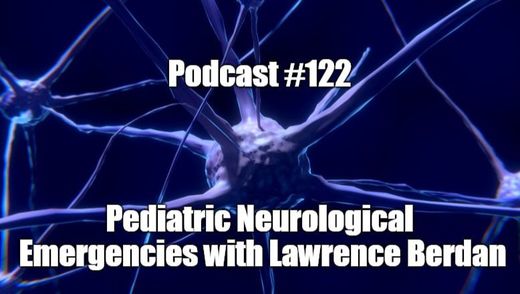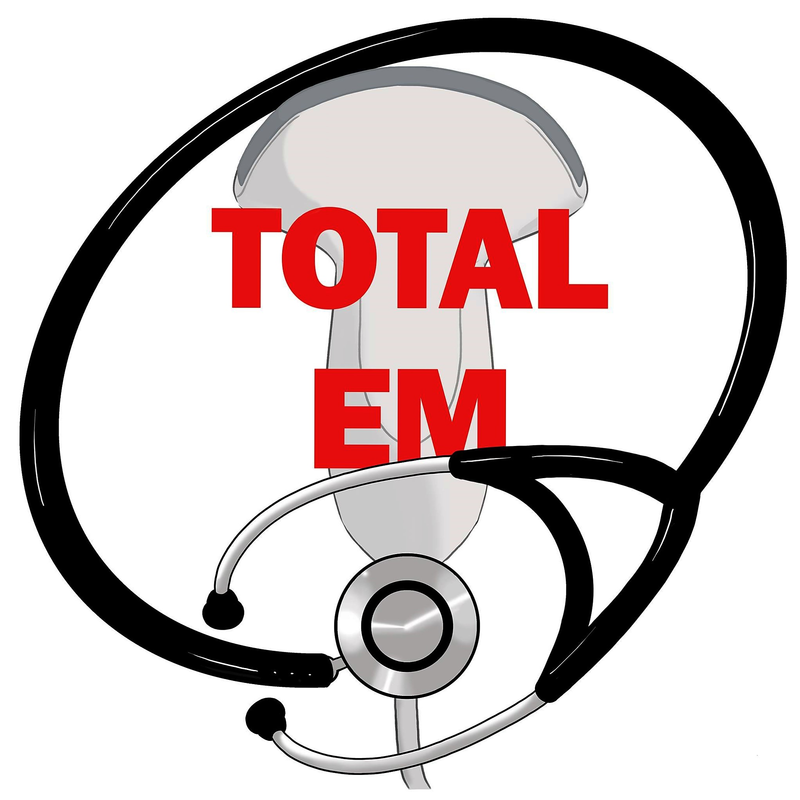|
Lawrence Berdan is a paramedic who has personally experienced the importance of recognizing and acutely managing pediatric neurological emergencies. This post discusses some of the emergencies we may see in this uniquely challenging population.
Both in EMS and in the ED, we are used to the "hustle and bustle" of the system. Lawrence talks particularly in regards to the EMS aspect where a thorough history and assessment may be skipped to perform other (often less important) aspects of care such as establishing an IV. Parents may not be able to go directly to the hospital, are not knowledgeable as to the situation, under stress from the current situation, or simply not available. As a result, sometimes by the rapid actions we can have inadvertent negative outcomes.
Traumatic Brain Injury On of many sources that discusses the key aspects of traumatic brain injuries (TBIs) is the University of Miami. In a recent discussion of CDC guidelines, they discuss some key features. Mild traumatic brain injury (mTBI) symptoms may include the following:
More serious findings that would be concerning for a clinically important traumatic brain injury (ciTBI) include the following:
Keep in mind that some of these symptoms can be difficult to discern fully and a good history and physical are essential. We have discussed rapid neurological assessments in the past on Podcast #70, but it is worth remembering that children will be a little more difficult to assess. However, the well researched and highly supported PECARN Algorithm is a powerful tool to risk stratify these patients. Prevention is preferred whenever possible. The CDC's Heads Up program outlines some of the key components such as proper safety equipment, early recognition, following rules, and taking the appropriate risks. Stroke Pediatric strokes can be a diagnostic challenge. The National Stroke Association has a dedicated section on pediatric strokes that is worth reviewing. We have included the highlights here. Stroke happens in about 1 in 4,000 live births. The risk of stroke from birth through 18 is approximately 11 in 100,000 with boys and children of African descent being at the highest risk for stroke. Common risk factors including the following:
Unique Symptoms It is easy to miss stroke symptoms in very young children. Newborns are unable to communicate and a complete maternal history may not always be available or even known to the mother. The popular stroke warning assessment, FAST, has been well used in adults but can be used in children with some modifications. "BE FAST" has included two more components to help reduce the risk of missed strokes. B - Balance - Poor stability and/or coordination that can be assessed with simple cerebellar activities such as walking E - Eyes - Double vision (diplopia) or blindness in one or both eyes can be challenging and requires a certain amount of patient input to assess F - Facial Palsy - Often seen when asking patient to smile A - Arm Weakness - Similar to adults, but may require some imaginative play such as asking the child to stick out their arms like they are flying S - Speech - Conversation alone may be sufficient and parents can help clarify what is baseline T - Time - As with adults, it is vital to recognize the onset of occurrence Symptoms of stroke can include the following:
Early recognition and management is vital to avoid long term effects such as the following:
Many therapies are managed at home and in hospital such as controlling high blood pressure, supportive care to maintain normal body temperature (generalized sickness, sepsis, and/or possible neuro storm), proper hydration, blood sugar levels, seizure detection via EEG and anticonvulsant medication (some remain on the medication prophylactically), managing intracranial pressure (ICP), blood transfusions for children with sickle-cell disease, antithrombotic therapy, surgery related to hemorrhagic stroke to relieve pressure (craniotomy). Let us know what you think by giving us feedback here in the comments section or contacting us on Twitter or Facebook. Remember to look us up on Libsyn and on iTunes. If you have any questions you can also comment below, email at [email protected], or send a message from the page. We hope to talk to everyone again soon. Until then, continue to provide total care everywhere.
0 Comments
Leave a Reply. |
Libsyn and iTunesWe are now on Libsyn and iTunes for your listening pleasure! Archives
August 2022
Categories |
||||||


 RSS Feed
RSS Feed